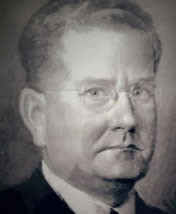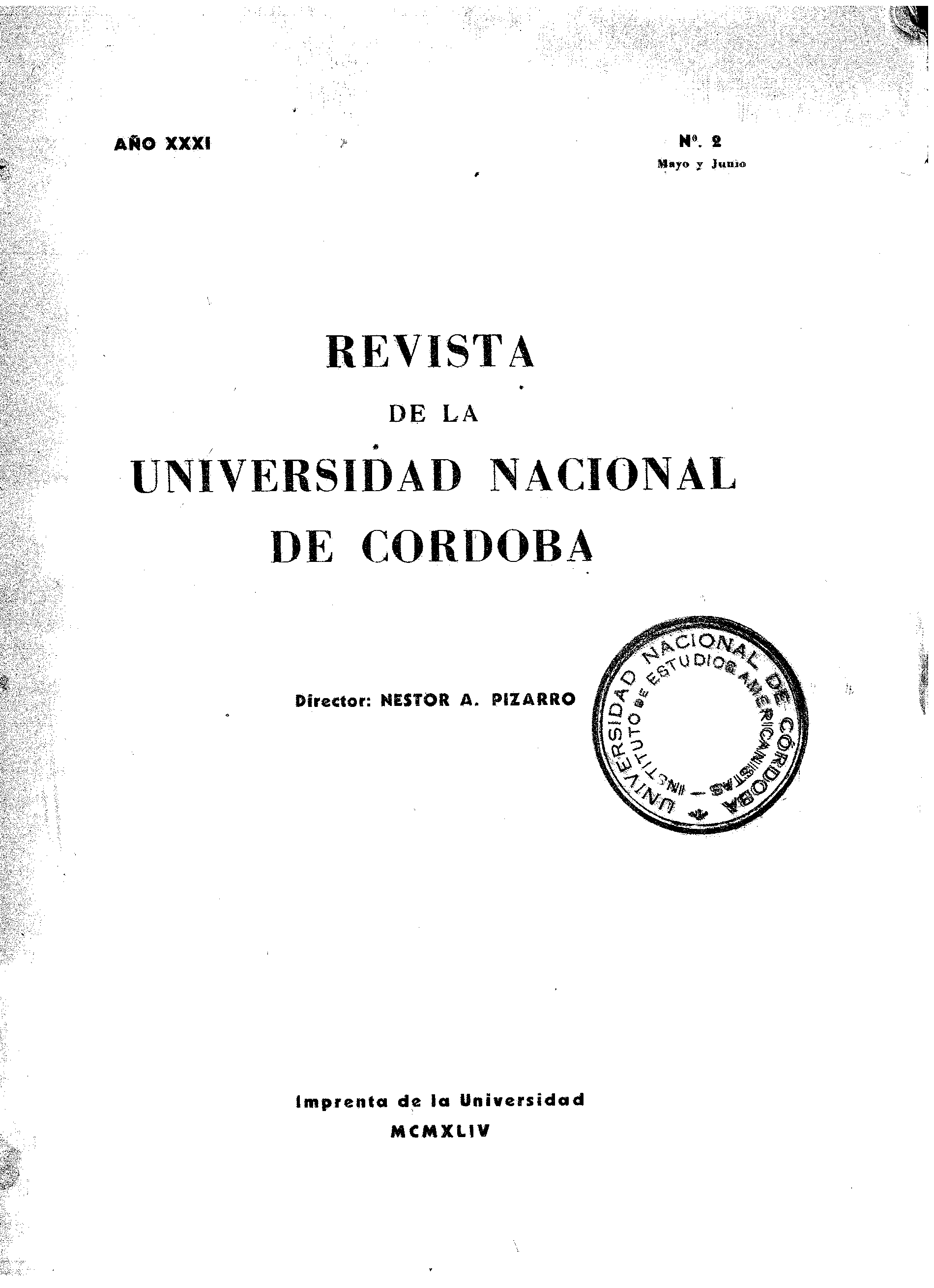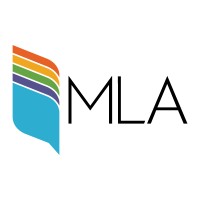Surgical anatomy of the facial nerve
Keywords:
features, physiognomy, hereditary factors, facial nerveAbstract
Numerous factors act on the individual marking indelible characters in his constitution and unmistakable traits in his personality. The expression and physiognomy of the individual are governed by physical and psychic phenomena. To carve his personality, he must support influences, whether transmitted or not, either internal or external, both in the somatic part as in the soul. The resultant of these factors is translated in the different variations, of the morphological, structural, anatomical or constitutional part and in the functional, moral, educational and mental part, according to the directives and form of his performance. In the individual variations undoubtedly exert their influence numerous factors of somatic order, transmitted or not by their progenitors and initiated from the cellular bipartition, subject on the other hand to the dominant or recisive influences of the reproduction, to the inviolable laws of the distribution to the homozygous and heterozygous characters of the most re-salient features of the hereditary transmission.
Downloads
Downloads
Published
How to Cite
Issue
Section
License
Copyright (c) 1944 Universidad Nacional de Córdoba

This work is licensed under a Creative Commons Attribution-NonCommercial-ShareAlike 4.0 International License.
Commercial use of the original work and any derivative works is not permitted, and distribution of derivative works must be made under a license equal to that which governs the original work.







